Blog - 26/04/2025
Fire safety in high-rise flats: What is the EWS1 form?


Blog by wayne
29 October,2024
There has been a very important change to the fire safety protocol and guidance for tower blocks that are coated in flammable cladding. This change has been implemented via the use of an EWS1 form . An EWS is the external wall system , and as the name suggests relates to the outside wall, and includes cladding of a building, insulation and the fire break system.
Produced by the Royal Institute of Chartered surveyors in collaboration with fire experts, and with representation from both housing and mortgage sectors the EWS1 form is used to reassure and protect residents by confirming the external wall of a building is in compliance with industry standards and has passed all safety checks. The EWS1is the only way a building can be classed as safe. A property will be assigned a value of £0 and cannot be marketed for sale until this form has been completed. Before an EWS1 form can be issued a full survey carried out by appointed representatives has to be undertaken, and the external wall system be thoroughly assessed for the presence of any combustible materials .
Not every building will pass this assessment. Some buildings could require remedial work to be completed to make sure the external walls meet the necessary safety standard. Once issued an EWS1 form is valid for a period of 5 years, and covers each individual unit in the block. As well as protecting tower block residents, the issue of an EWS1 form makes it an easier process for both sellers and buyers of properties in these buildings. Securing a mortgage is much more likely with an EWS1 form .
What is a waking watch?
The awful events of the Grenfell Tower Fire in June 2017 has put the safety of high rise living accommodation in the spotlight.
Tower blocks encased with cladding as part of the external wall can carry a higher fire risk , and as such fire prevention has been rigorously overhauled. The advice to stay put in the event of a fire has been deemed obsolete, and now a simultaneous evacuation strategy is employed .In many areas of the country there is a system known as the waking watch, this is undertaken by trained fire Marshals or security personnel who patrol high rise residential buildings and tower blocks looking for potential fire risks . If there are any signs of danger they raise the alarm to help facilitate a swift and effective evacuation of all residents.
This system of having a waking watch was started as a temporary measure in the immediate aftermath of the Grenfell Tower tragedy . However it has proven to be an effective and reassuring way of maintaining safety. Recent studies have shown that it is still used in many places . However there are downsides to this method, one of the main ones being cost. Figures show that since 2017 the estimated cost of the waking watch scheme has been in the region of £30 million. Post Covid, when we are still seeing the impact of lockdown in most sectors and in policy decision making concerns have been raised that the waking watch will continue despite the fact it was only ever intended to be a short term temporary solution.
.
What is the alternative? The advantages of fire alarm systems
Traditionally high rise , and tower blocks did not have fire alarms installed as a matter of course. However the increasing concern, and potential risk of flammable cladding has led both management companies and landlords to want to install fire alarm systems.
Acuity Compliance are experts in doing Fire Risk Assessments for tower blocks and high rise buildings to provide protection and peace of mind. Our team consists of highly trained experts in fire security, and we have extensive knowledge and experience in installation and maintenance of 2 leading wireless fire alarm systems-n Hyfire and EMS.
The advice given by The NFCC ( National Fire Chiefs Council ) is to use an addressable fire alarm system. The use of such an alarm provides an effective alternative to the waking watch manual patrol option. It is a cost effective and reliable way of maintaining fire security. The system is able to trigger an instant alert to any possible risk of fire, and can notify residents immediately and simultaneously. Contained within the alarm system is a heat detector, and they are situated in areas that are open to the fascia of the building . They have sounders in each individual unit for residents. Once any source of heat has been detected, the alarm will trigger alerting all residents to follow the evacuation strategy. For residents who may have hearing difficulties the alarm can be modified to show a visual alert.
Conclusion
When thinking about fire safety for purpose built tower blocks, residential protection is of paramount importance. The early detection , and warning provided by a fire alarm system is a key component in ensuring the safety of residents. A fire alarm system has the capability of warning about the onset of fire, the location of its source ,and how the fire is potentially spreading . The cost effective and long term solution provided by the installation of a fire alarm system make them an attractive proposition for landlords and management companies. They offer a more permanent solution than the waking watches, which were only ever intended as a temporary short term measure.
